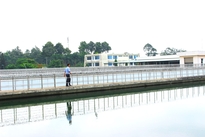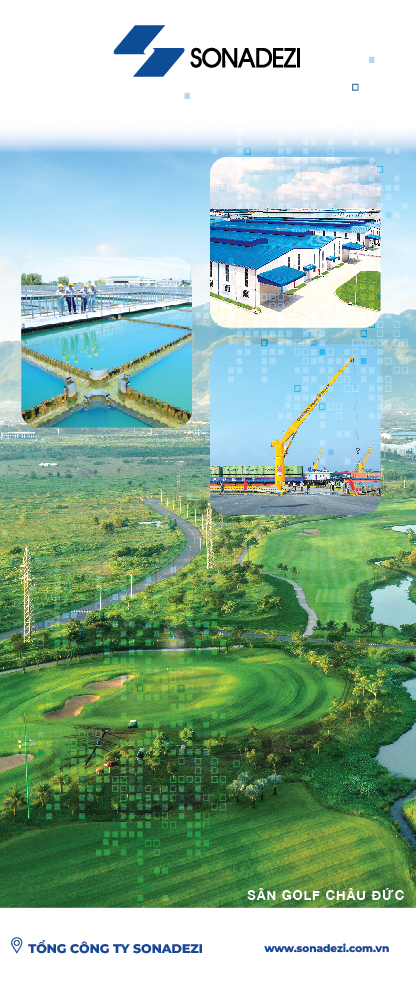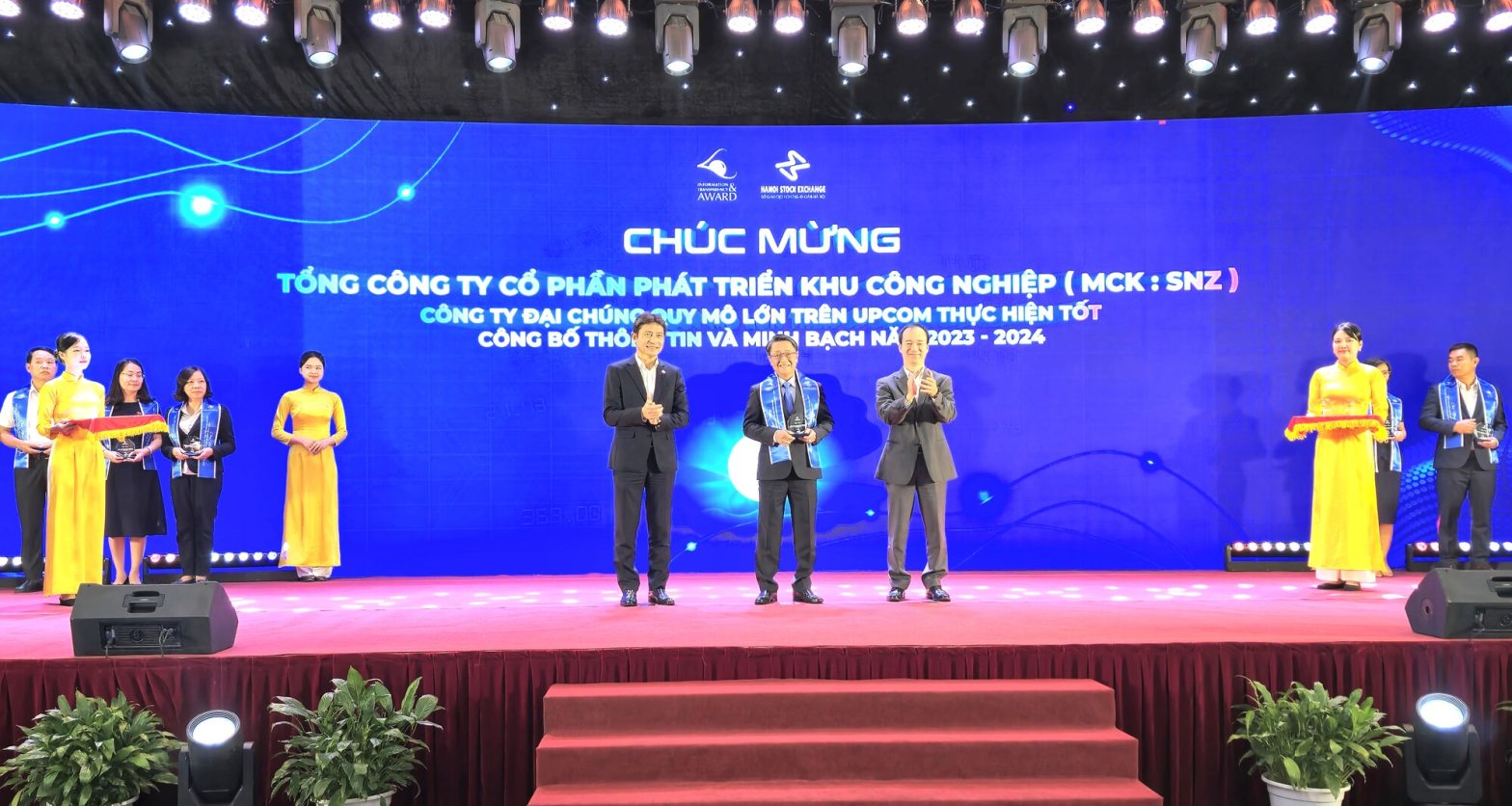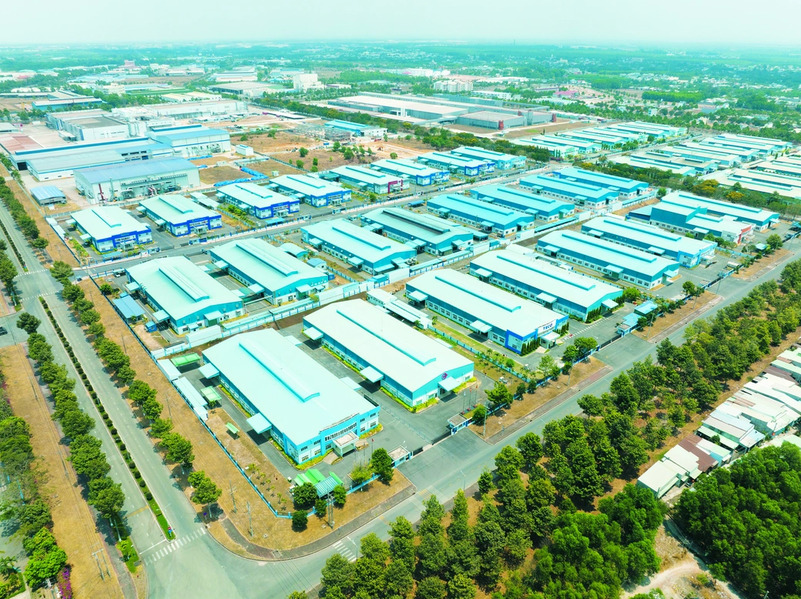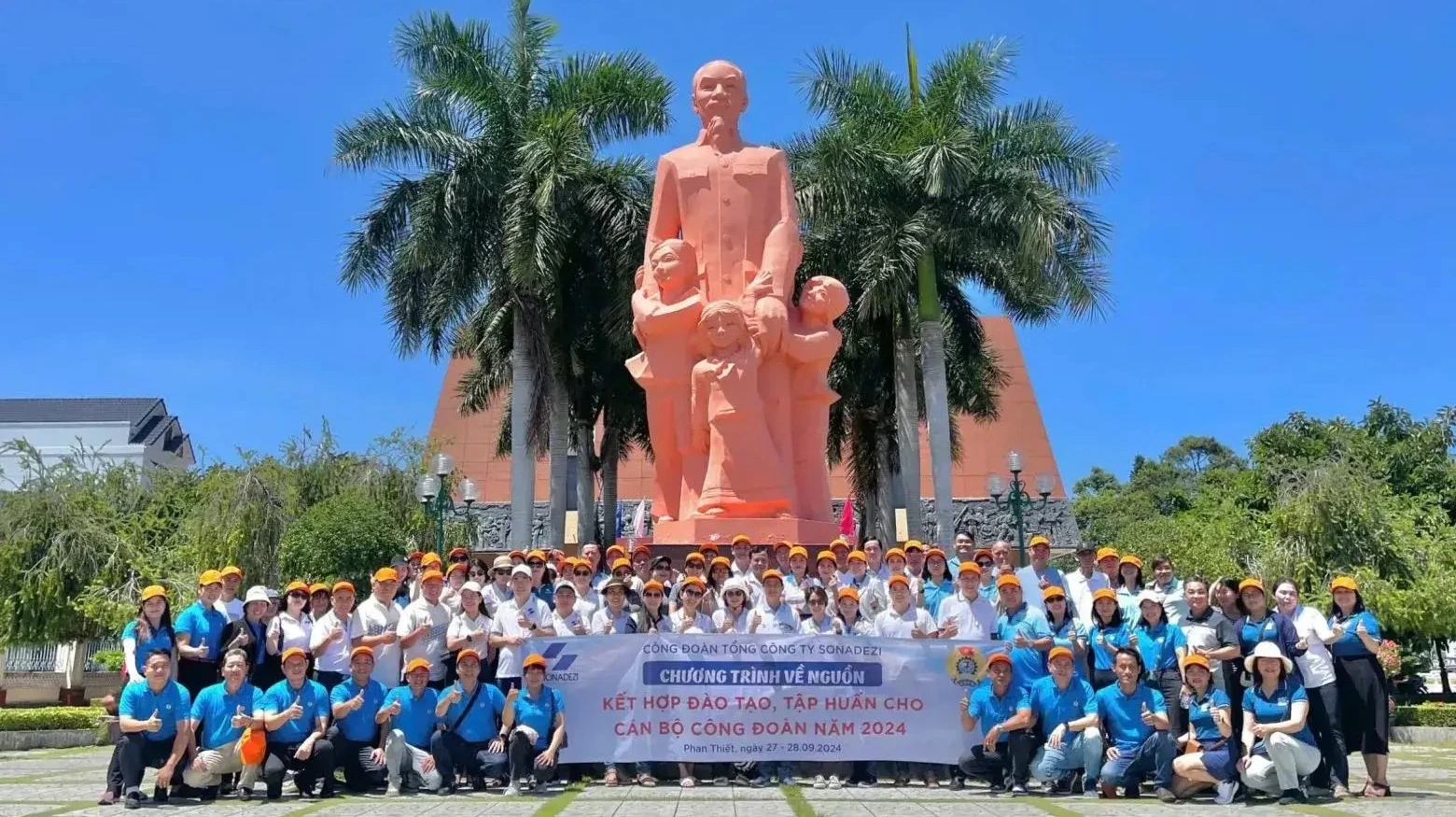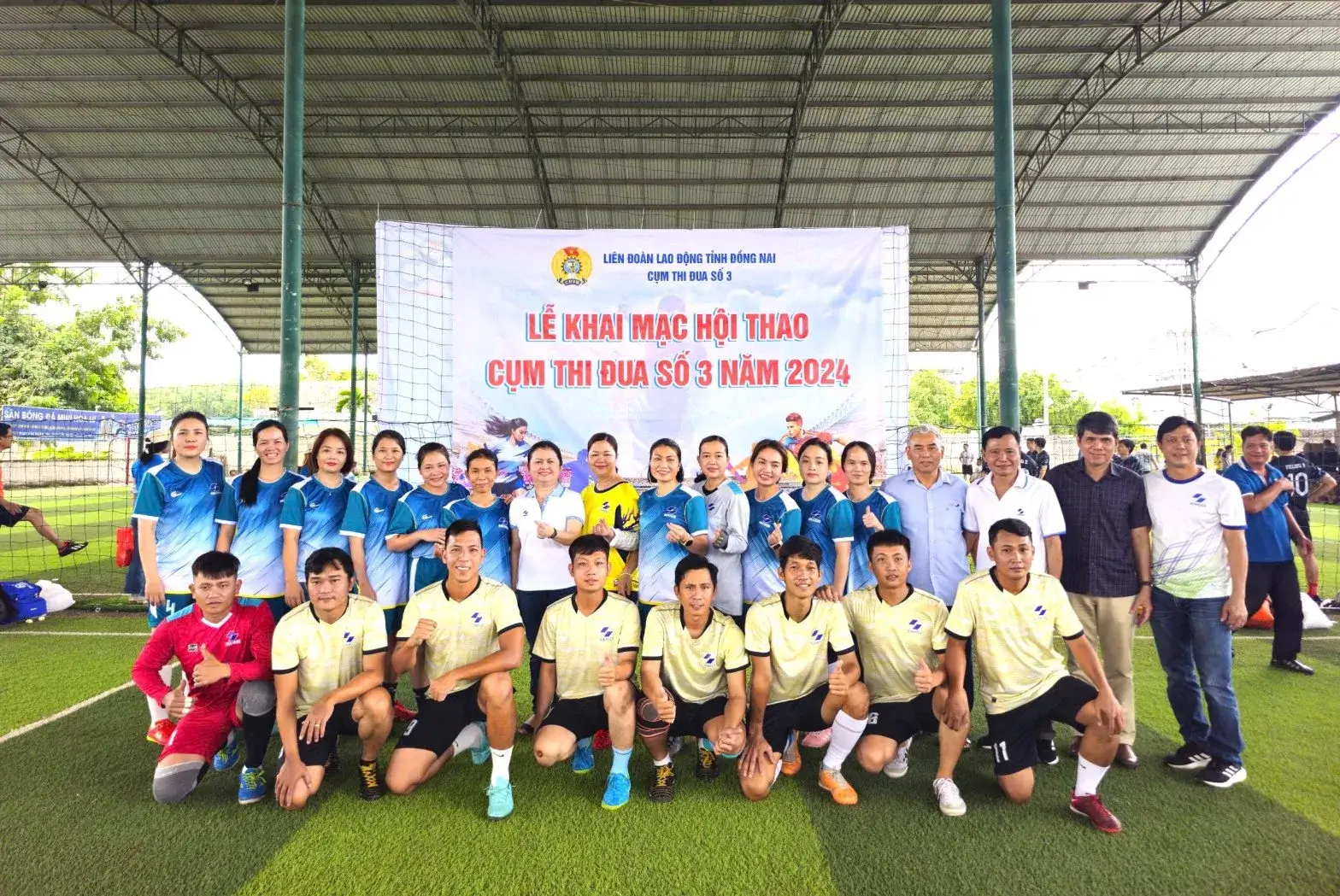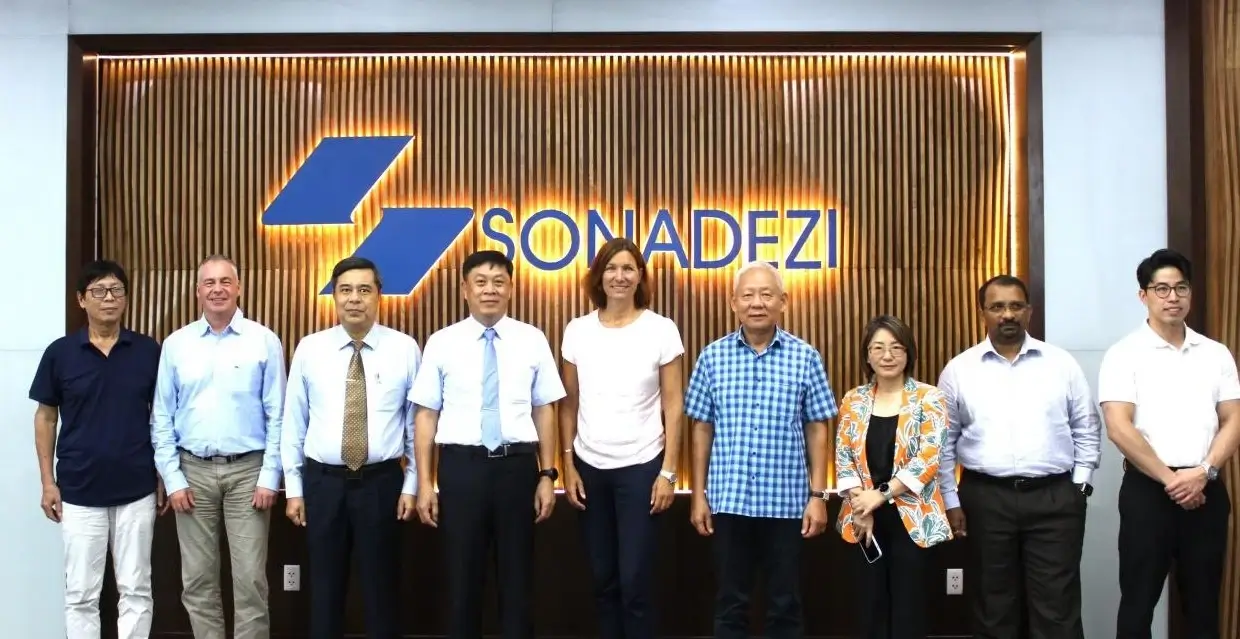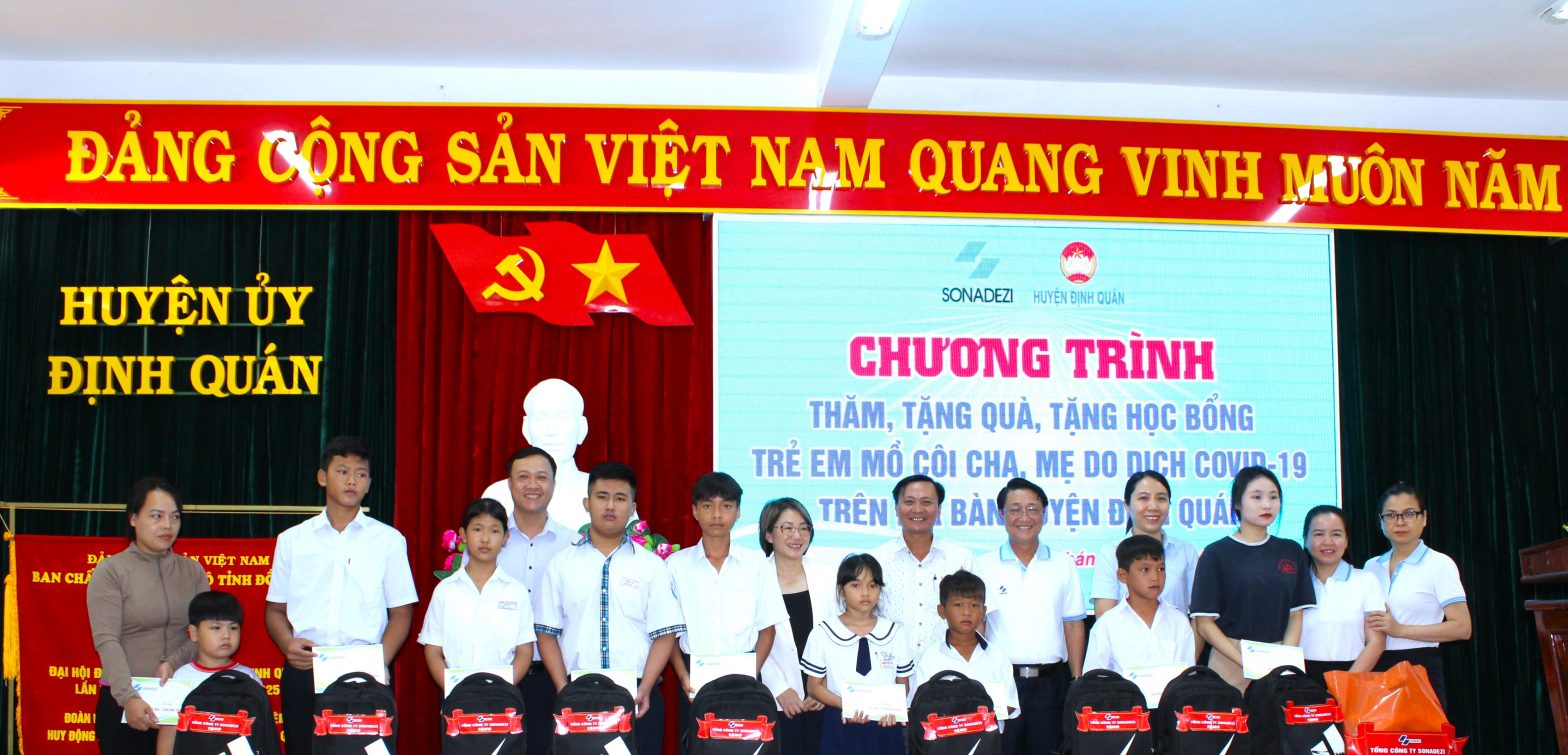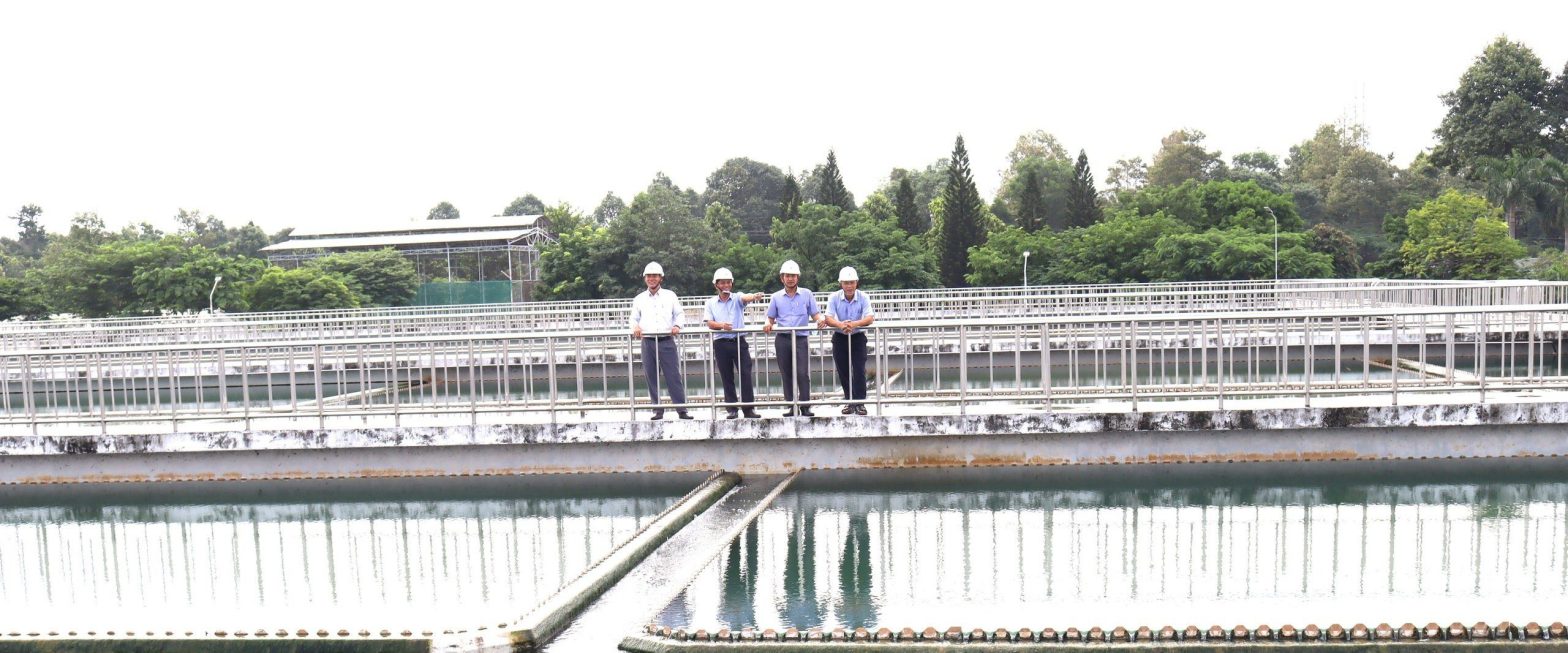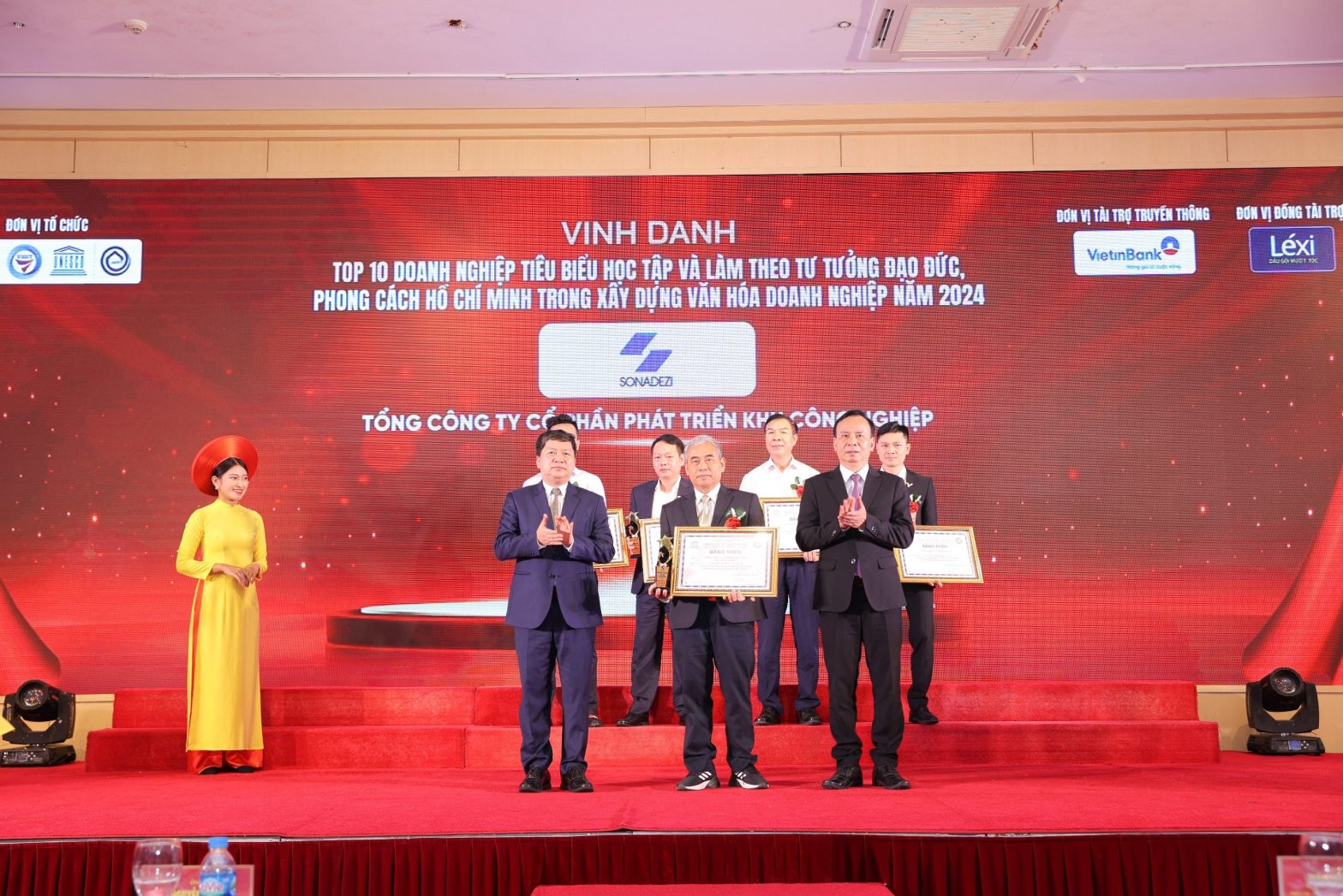Prolonged heatwaves, pollution, and groundwater depletion in many parts of the country, coupled with production recovery efforts, have contributed to a surge in demand for clean water. In light of the challenges facing water infrastructure development, water conservation has become imperative to ensure a sufficient supply of water.
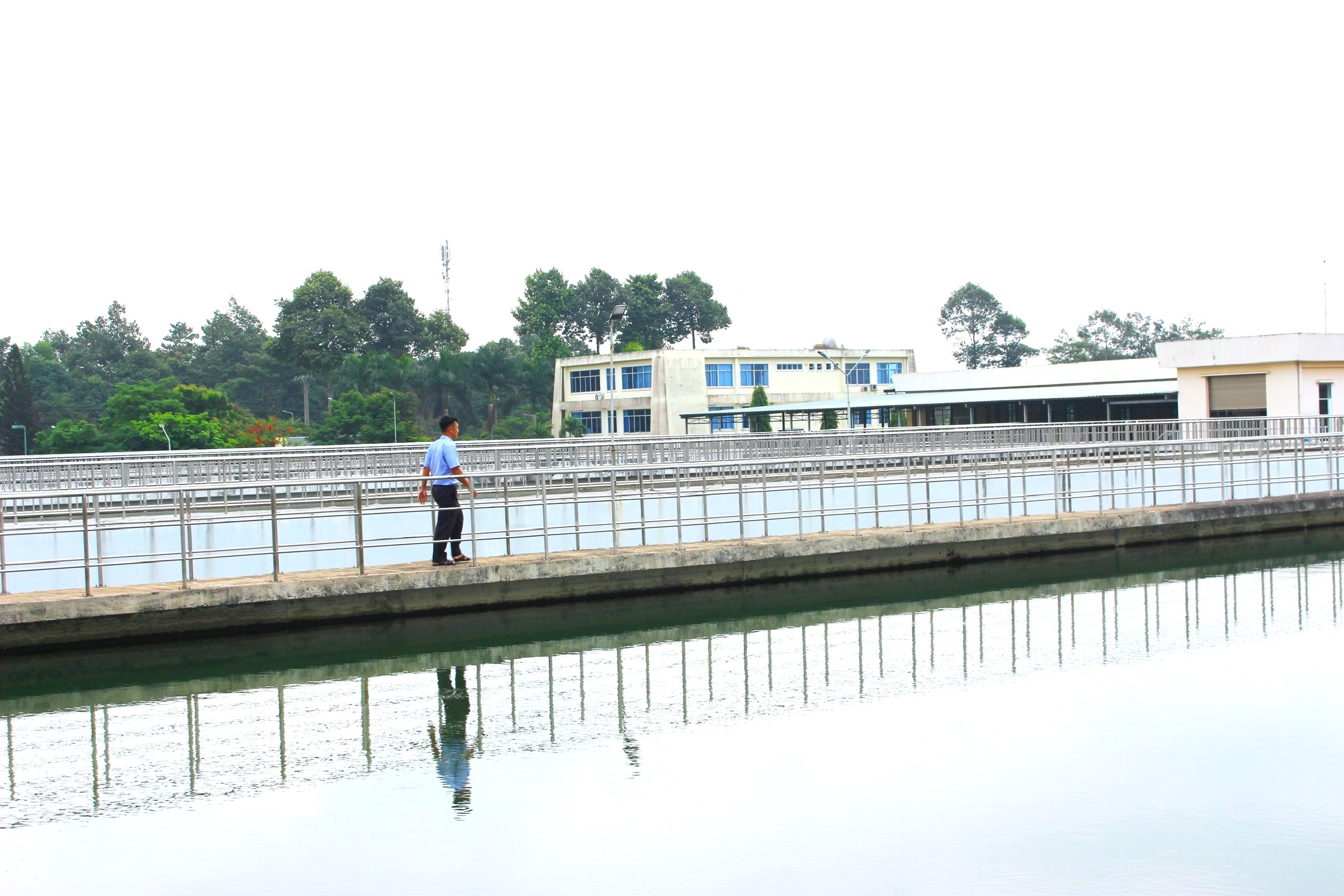
Water treatment at Thien Tan Water Plant. Photography by B.Mai
Water conservation not only benefits households but also helps put the brakes on the decline in both water quantity and quality.
The increasing demand and decreasing supply of water
According to Dong Nai Water Supply Joint Stock Company (Dowaco), in the first quarter of 2024, water consumption reached nearly 29.4 million cubic meters, growing 6.6% YoY. This increase is attributed to the hot weather, the recovery of industrial production, and a growth in the number of households registering for clean water services by over 2,700.
Dowaco is the largest supplier of clean water in Dong Nai with approximately 80% of the market share. To meet the growing water demand, Dowaco has implemented measures to improve operational efficiency and control water loss. These include network segmentation, installation of pressure regulating valves on water supply networks to reduce pressure during peak hours, and timely leak detection and repair to minimize water loss (currently at 17%, nearly 3% lower than in 2021).
Dowaco further reported that climate change and severe heat have led to a continuous drop in the water level of the Dong Nai River since the Lunar New Year, a trend expected to persist until May 2024. Additionally, due to dangerously low water levels at pumping sites, the raw water pumping stations at Thien Tan and Nhon Trach Water Plants have experienced occasional malfunctions, resulting in inadequate water supply. To address this, Dowaco has regulated pressure from other plants to supplement the clean water supply to Bien Hoa City.
The Provincial Agricultural Service Center (under the Department of Agriculture and Rural Development) holds comparable evaluations.
Mr. Tran Ngoc Anh, Deputy Director of the Center, underscored the rising water consumption and the growing number of households using water, alongside the depletion of groundwater at certain water supply stations. To alleviate this difficulty and maintain water supply, station operators have implemented rotating pumping schedules.
Mr. Dang Minh Duc, Director of the Department of Natural Resources and Environment, highlighted that while water resources in Dong Nai are abundant, their distribution is uneven. Uncontrolled groundwater exploitation in the past, combined with the negative impacts of climate change, has adversely affected the quantity and quality of water. Consequently, many areas are experiencing subsidence, depletion, and scarcity of groundwater, while others are confronted with saltwater intrusion and groundwater pollution.
The 2023 water monitoring report shows that during the dry season of 2023 (around April and May), groundwater levels were lower than the general average in previous years. Water quality deteriorated, with many areas (such as districts of Long Thanh, Nhon Trach, Dinh Quan, Xuan Loc, and Bien Hoa City) exceeding permissible limits of nutrients and metals.
Importance of water conservation
During the National Week of Clean Water And Sanitation in 2024, which took place on April 9, Mr. Nguyen Hoang Hiep, Deputy Minister of Agriculture and Rural Development, revealed that over 50,000 households residing in the Mekong Delta is facing a shortage of clean water, and thousands of hectares of agricultural land and aquaculture are suffering from heatwaves and saltwater intrusion. In an effort to control this situation, authorities at all levels have intensified communication campaigns to raise public awareness of water conservation.
Although the water shortage in Dong Nai is not as severe as in the Mekong Delta, Dowaco still recommends the adoption of water-saving measures. Reasons cited include decreasing upstream water sources, increasing demand, a growing number of households registering for new water services, persistent heat forecasted until June 2024, and anticipated higher bills due to increased water consumption. Customers are advised to use water wisely, regularly check for leaks and promptly repair, transition to water-saving sanitary devices, and avoid irrigation during peak hours to ensure sufficient water for domestic use.
To facilitate the efficient management, exploitation, and use of water resources, the Provincial People’s Committee has issued several documents. These include the Clean Water Supply Plan for Dong Nai Province for the period 2021-2025, a letter outlining measures to minimize the risk of water shortages for downstream areas during the dry season of 2024, and a plan aimed at protecting and expanding surface water sources to support domestic water supply in Dong Nai province until 2030 (issued in early 2024). The common theme across these documents is the development of infrastructure and water sources to meet the demand for clean water for various purposes and to protect water resources for future generations.
Water, being a finite resource, requires specific measures beyond conservation to ensure water security. These include expanding water sources, developing infrastructure to meet the demand for clean water for both economic development and daily life, and controlling and minimizing water pollution. Attention should be paid to resolving land and planning issues, adjusting water prices, zoning water supply areas, and providing incentives to attract and facilitate business investment in building clean water supply facilities.
According to Dong Nai Newspaper
Plan No. 204-KH/TU dated November 23, 2022 of the Provincial Party Committee sets a goal to achieve clean water access for 95% of urban households and 85% of rural families by 2025, with targets of 100% and 87%, respectively, by 2030.







